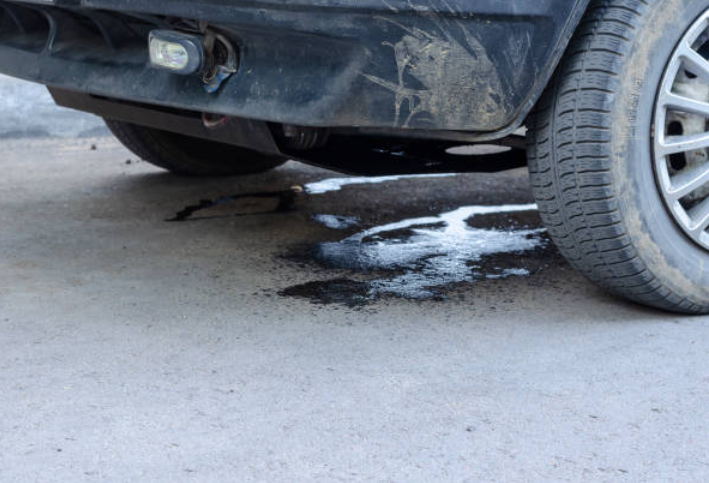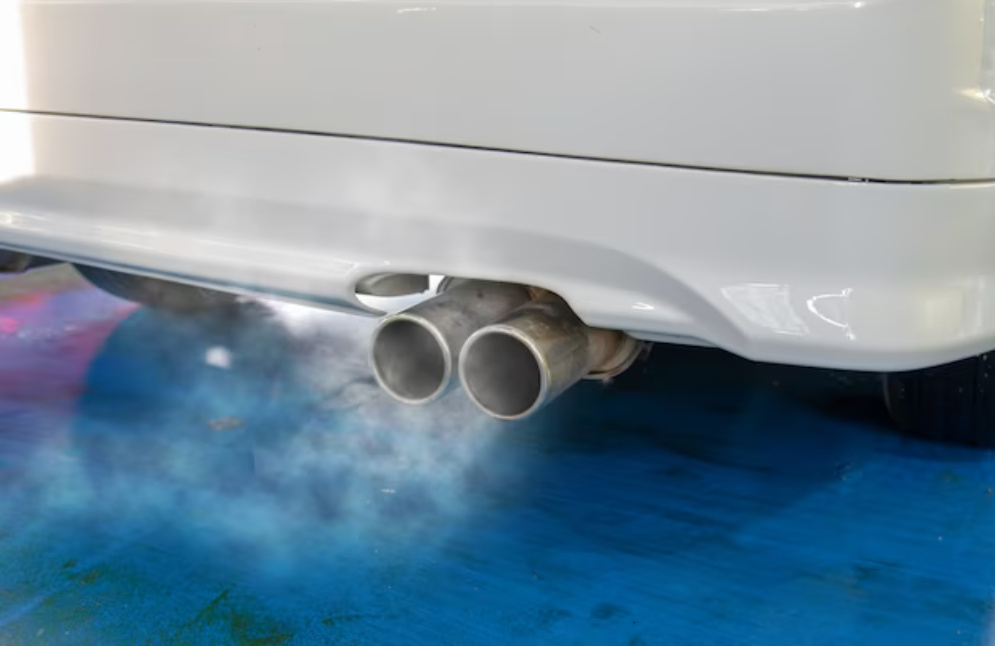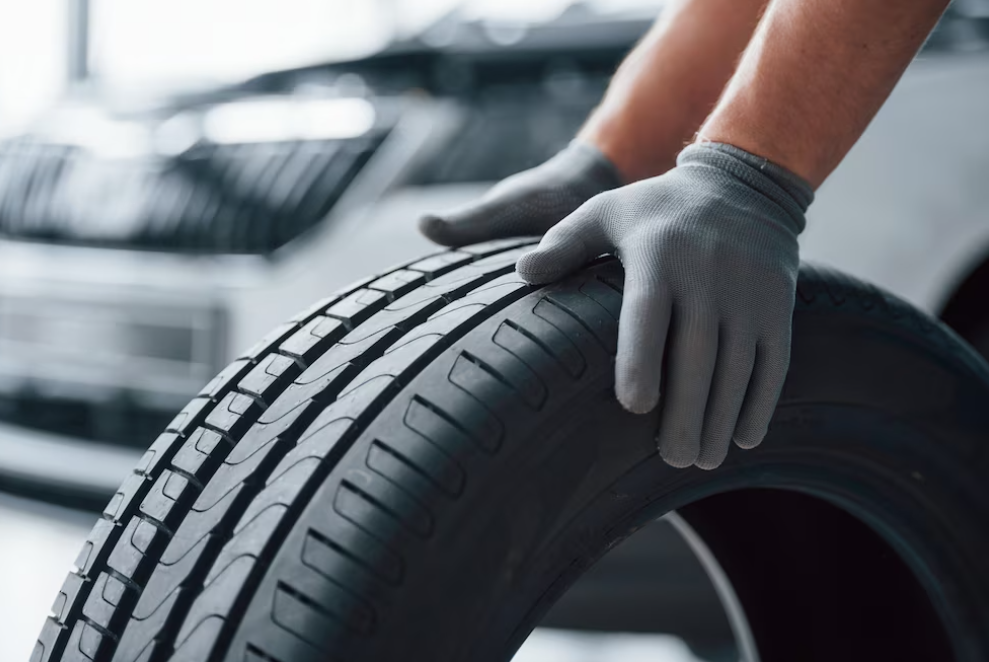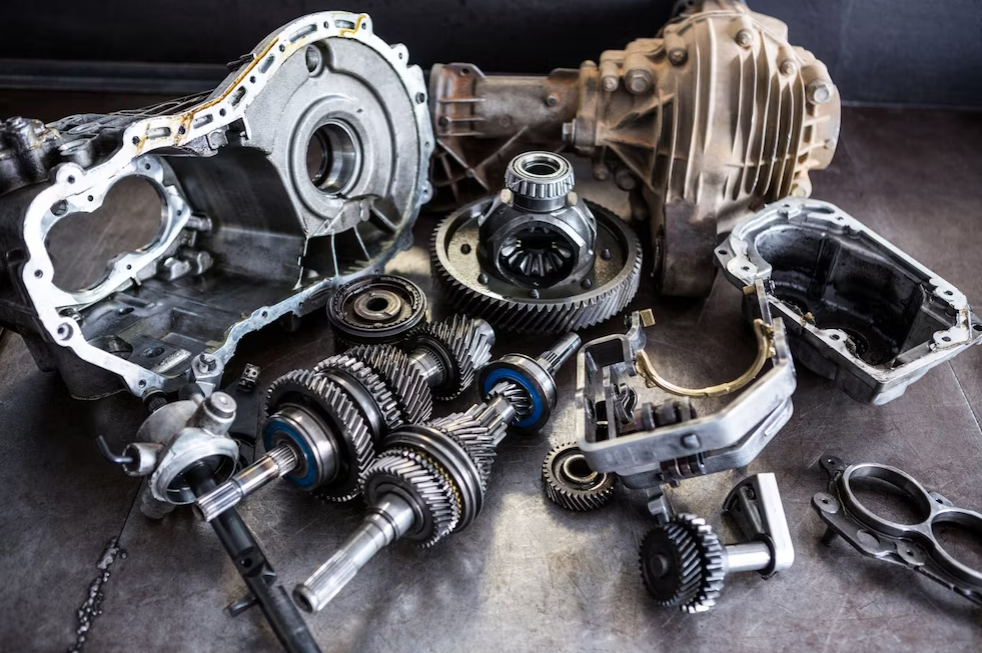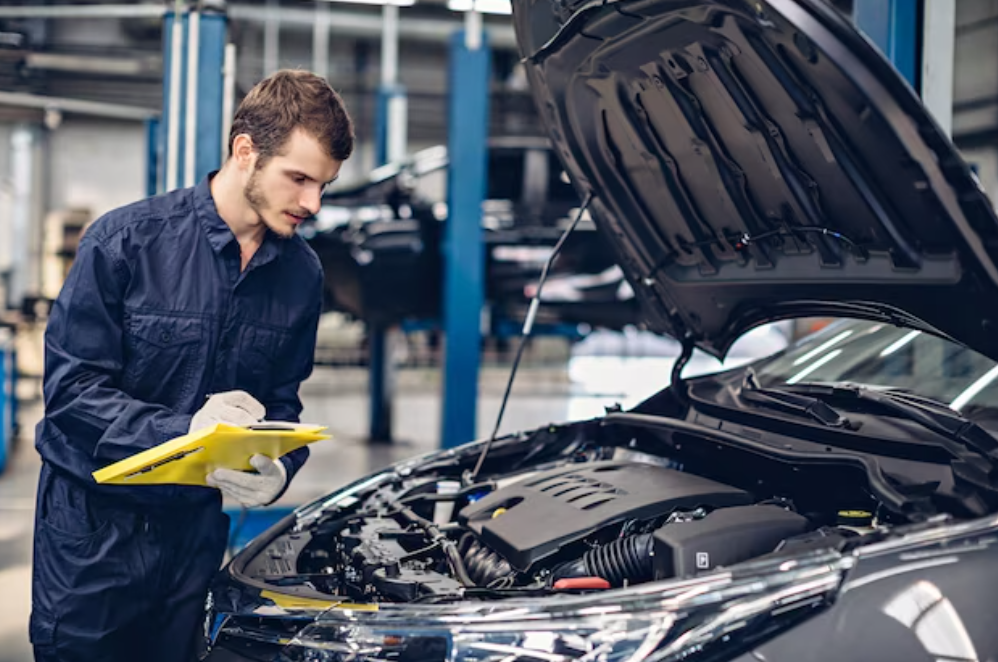How To Spot Water Damage On A Flooded Used Car?
Flooding, whether triggered by hurricanes, intense storms, or other causes, stands as one of the most prevalent natural calamities in the United States, as per Census.gov records. These inundations occur nationwide, impacting millions of individuals by uprooting families from their residences and causing extensive damage to properties, including vehicles ranging from cars and trucks to crossovers and SUVs. Moreover, with experts predicting an increase in extreme weather occurrences, the likelihood of encountering flooded vehicles and dealing with their aftermath is higher than ever before.
Compounding this issue, the repercussions of flood damage extend far beyond the initial event, persisting through time and affecting unsuspecting individuals through various fraudulent practices. Among the most notorious examples is the sale of flood-damaged vehicles disguised as clean used cars by unscrupulous actors.
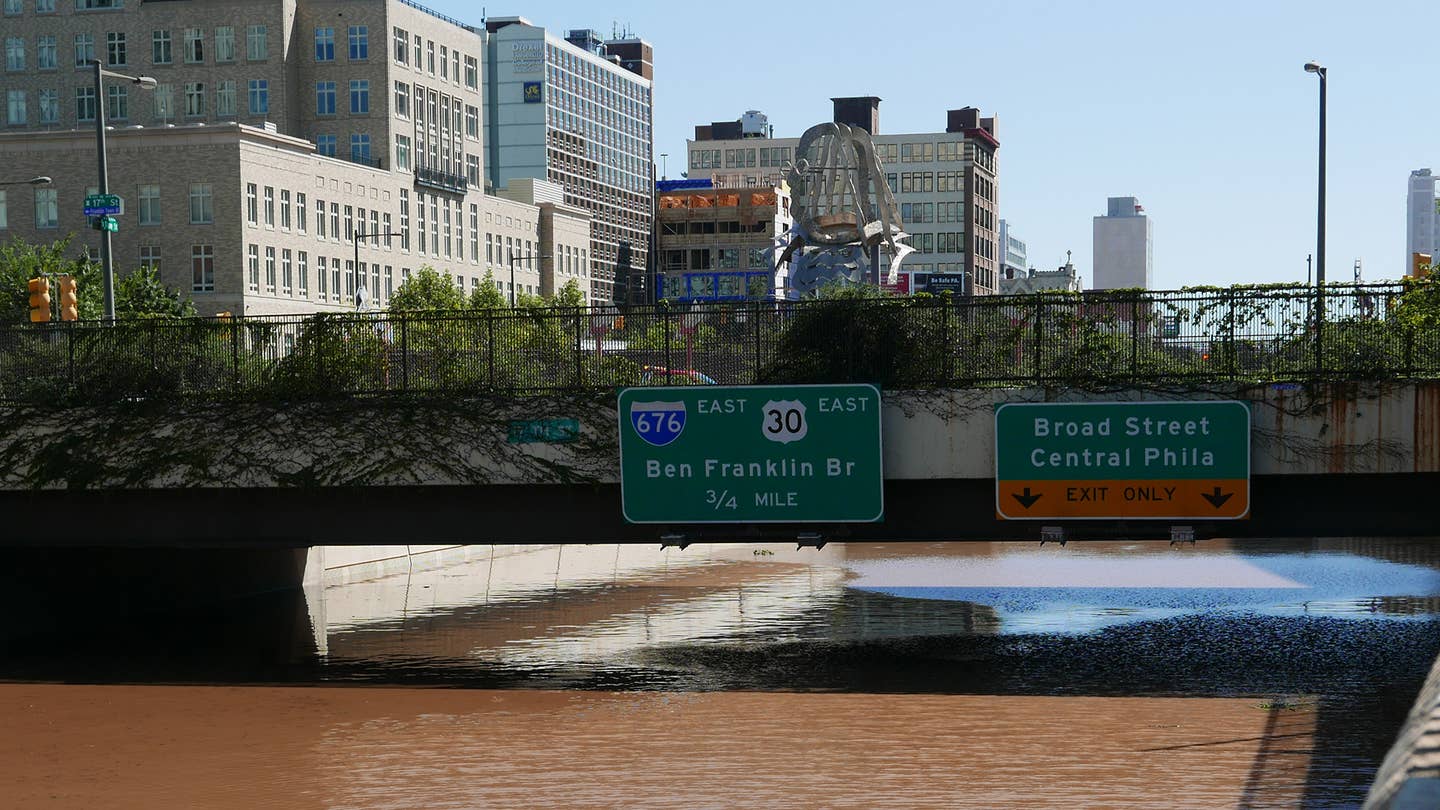
While services offering vehicle identification number (VIN) history have contributed significantly to mitigating the risk of purchasing flood-damaged cars unknowingly, deceitful practices persist. Fraudsters persistently devise new strategies, whether through falsifying titles, forging signatures, or circumventing documentation requirements, to perpetrate their schemes. Keep reading this post to learn how to effectively identify water damage on a flooded used car and protect yourself from falling victim to fraudulent sales tactics.
Ask The Seller First, And Then Look Up The Title And Vehicle History
Not all sellers are entirely dishonest, so there's a chance they may be truthful if directly questioned. However, it's prudent to remain skeptical. If the seller claims the car has no history of flooding and the title lacks any indication of water damage, your next step should involve initiating a VIN check, which can be facilitated through services like CarFax and VINCheck.
Examine whether the car originated from a flood-prone or coastal area, watch for noticeable gaps in the information provided, pay attention to significant repairs, and carefully analyze any inconsistencies. If uncertainties persist regarding the vehicle's history, it may be advisable to consider looking for another car.
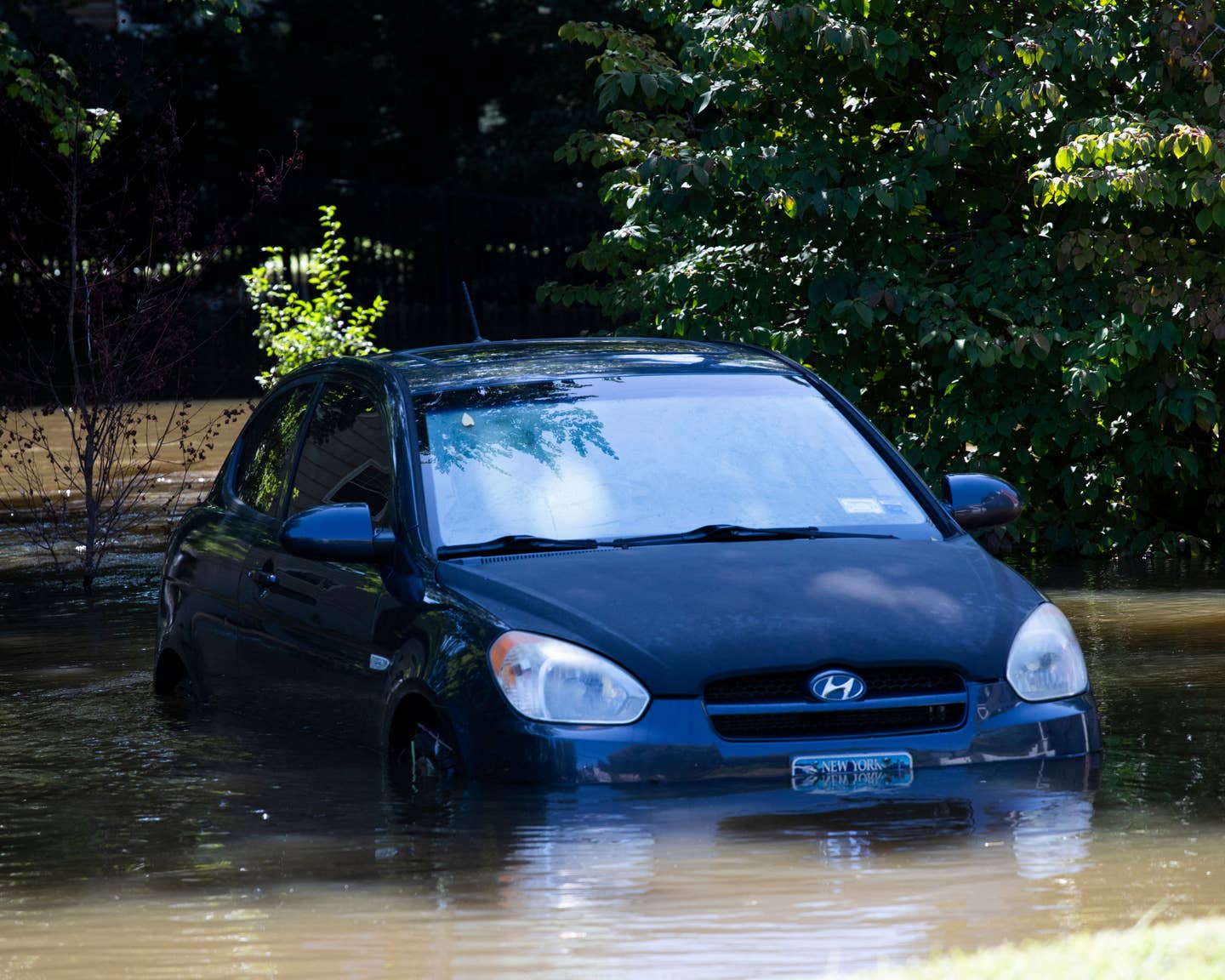
In addition, a valuable resource for obtaining information about a vehicle's past is the National Insurance Crime Bureau Database (NICBD). The website offers a free VIN check tool designed to help determine if a vehicle has been reported as stolen but not recovered, or if it has been reported as a salvage vehicle by participating insurance companies affiliated with NICB. It's important to note, however, that the database's effectiveness is contingent upon vehicles that have been associated with insurance, meaning that not all flood-damaged cars are included.
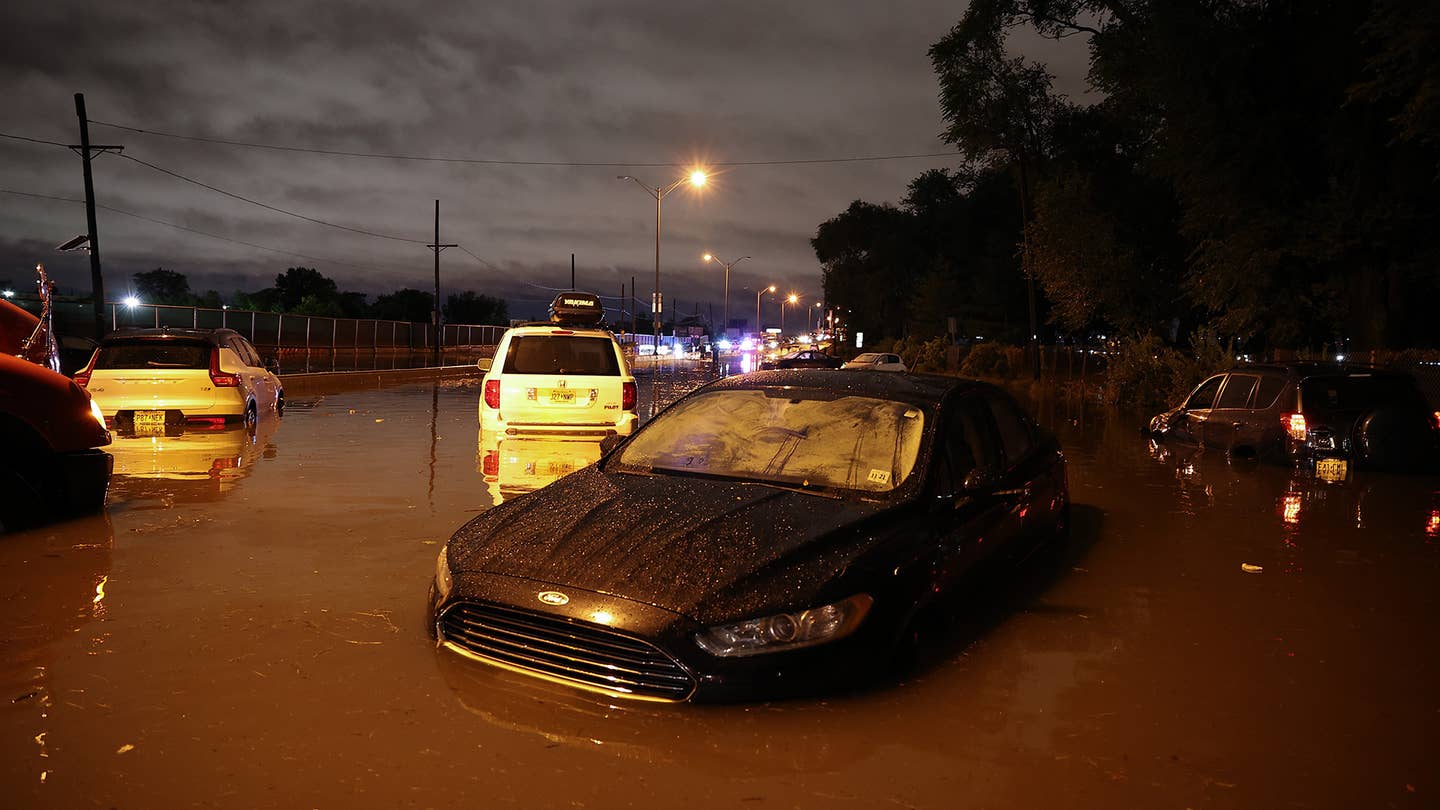
Even If My Region Doesn't Typically Experience Flooding, Should I Still Be Concerned About Flood-Damaged Cars?
Certainly. One tactic employed to sell damaged flood cars is to relocate them from the area of damage, thus distancing the disaster from the potential buyer's awareness. These vehicles are frequently transported to neighboring states, but they could ultimately end up anywhere. It's crucial to bear this in mind when shopping for used cars, particularly in the aftermath of a significant flood event.
Here's a guide on how to detect water damage on a used car. While these tips offer insight into identifying previously flooded vehicles, none of them guarantee absolute certainty. It's important to assess each case individually.
Rust:
When water, particularly saltwater, penetrates areas of the car where it shouldn't, it can corrode susceptible metal surfaces. Rust may initially appear minor but can escalate and manifest in hidden or unseen areas. Check the following spots for signs of rust from water damage:
Brake parts
- Suspension components
- Steering components
- Frame
- Bolts and screws
- Brackets
- Clips
Mold:
Beyond rust, prolonged exposure to water can foster the growth of mold inside the car. If materials like carpeting, fabric seats, or other absorbent surfaces were soaked in floodwater before drying out, various organisms could thrive within the upholstery.
Odor:
Floodwater collects debris from streets and yards, resulting in a pungent odor permeating the car's interior. If not masked by mold, this smell can indicate previous water damage.
Damage Underneath Carpeting:
Inspecting beneath the carpeting can reveal hidden damage that sellers may overlook or neglect to disclose. This area often accumulates rust, dirt, and debris that shouldn't be present in a vehicle.
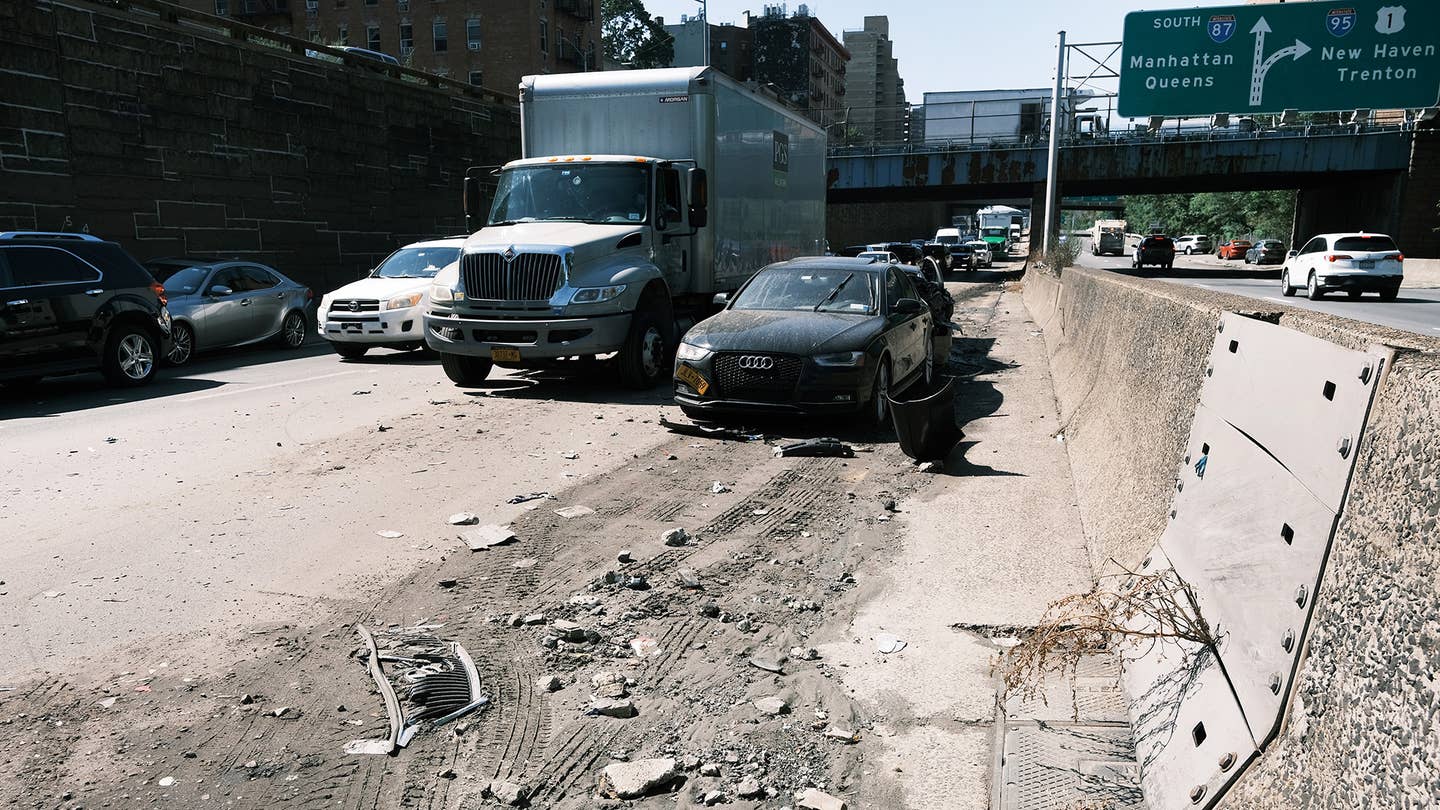
Newly Replaced Parts:
While not always applicable to newer used cars, overly pristine components, especially those unrelated to routine maintenance, may signal replacements necessitated by water damage.
Electrical Issues:
Water can compromise electrical wiring and connectors, leading to malfunctions or intermittent functionality in various car systems.
Malfunctioning Electronics:
Even if no physical damage is evident, the car may exhibit electronic malfunctions or display OBD codes indicative of water damage.
Water Inside Lights:
Flooded vehicles may retain water within lighting housings, resulting in persistent condensation or fogging even after water removal.
Visible Water Lines:
Water lines or marks on carpets, seats, paneling, doors, or other vehicle parts can indicate the extent of previous flooding.
Salt Damage:
Salt residue from saltwater floods may leave behind visible stains or films on surfaces.
Debris in Nooks and Crannies:
Areas like the engine compartment or trunk may accumulate foreign debris post-flooding, indicating inadequate cleaning by the seller.
Strong Cleaning Odors:
Excessive cleaning smells, such as Pine-sol or bleach, may suggest attempts to mask odors associated with water damage.
Altered Drain Plugs:
Inspect for replaced or removed drain plugs, particularly in areas like doors, which may have been tampered with during restoration.
Seat Bolt Damage:
Check for signs of removal or damage around seat bolts, indicating potential disassembly during restoration efforts.
Following your inspection, it's wise to have the vehicle assessed by a reputable mechanic. You might wonder why not do this immediately, but it's to prevent unnecessary expenditure and save everyone's time. Once you've completed your examination and are genuinely interested in purchasing the vehicle, it's advisable to take it to a trusted mechanic for a professional inspection. A competent mechanic can identify any significant warning signs, such as indications of flood damage.
How can I spot water damage on a used car?
Look for signs such as rust on brake parts, suspension components, and other metal surfaces. Check for mold growth, unusual odors, and visible water lines or marks inside the vehicle. Additionally, inspect underneath the carpeting, scrutinize newly replaced parts, and assess for electrical issues or malfunctions.
Can the National Insurance Crime Bureau Database help identify flood-damaged cars?
While the NICBD database provides valuable information, it may not include all flood-damaged vehicles. The effectiveness of this resource depends on whether the vehicle has been associated with insurance.
How reliable are VIN checks in identifying flood-damaged cars?
While VIN checks can provide valuable information about a vehicle's history, they are not foolproof. It's essential to use VIN checks in conjunction with other inspection methods, as not all flood-damaged cars may be listed in the database.
It is imperative for buyers to exercise due investigation and cautious thinking when navigating the dangers associated with cars damaged by floods. Customers can reduce the likelihood of buying a flood-damaged car and make confident selections by being informed, doing in-depth inspections, and being aware of their rights and protections.
Click on the following link to read another blog post: How To Lift A Car?





